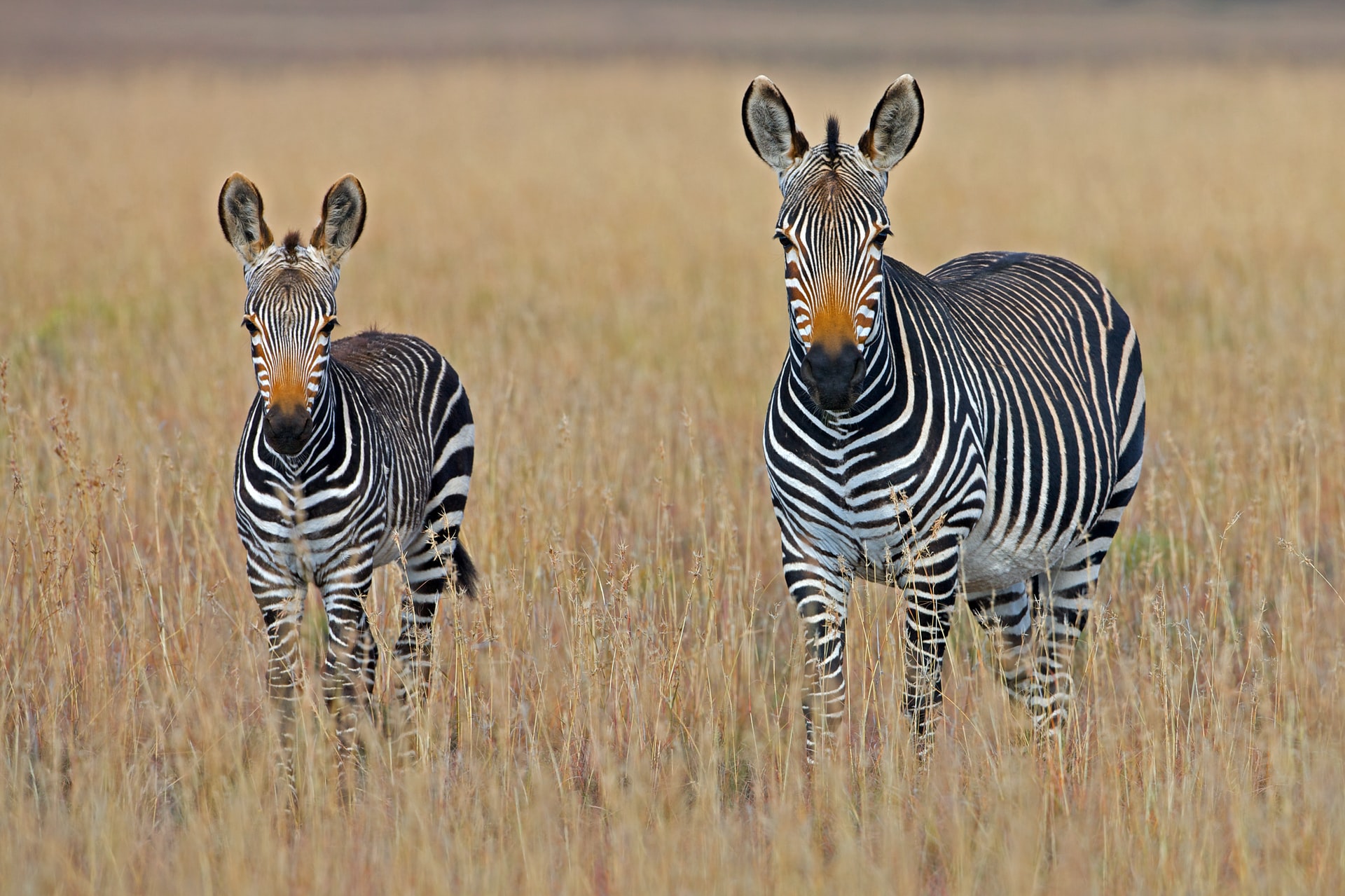
The UN Environment Assembly has adopted the Sustainable Development Nexus resolution, marking the first time a major UN body has endorsed a proposal focused on animal welfare.
UN resolution in a step towards recognising animal welfare’s role in wider global issues
World Animal Protection this month celebrates new UN resolution as a step towards recognising animal welfare’s role in global climate crisis, biodiversity and pandemic risk. The United Nations Environment Assembly has adopted the Sustainable Development Nexus resolution, sponsored by seven Member States, and championed by Canada. This marks the first time a major UN body has adopted a resolution focused on animal welfare.

Opinions on the resolution are universally positive
"Canada played an important leadership role at UNEA to bring countries together, build consensus, and secure the agreement on some key resolutions," said Hon. Steven Guilbeault, Canada’s Minister of Environment and Climate Change. "The resolution on animal welfare is a helpful tool to protect biodiversity. Biodiversity loss is happening at an unprecedented rate, and with up to one million species currently at risk of extinction globally, we need collective solutions."
"Animal welfare is fundamentally interconnected to climate change, biodiversity and our collective global health," said Melissa Matlow, Campaign Director with World Animal Protection Canada. "We are grateful to the countries that showed leadership, by bringing this resolution to the floor and for Canada’s support and engagement to get this resolution passed and putting animal welfare on the global policy agenda."
The resolution calls on the United Nations to complete an expert report on the links between animal welfare, the environment and sustainable development. Such research will allow animal welfare to become front and centre as part of a comprehensive approach to addressing the climate crisis and biodiversity crisis facing our world by UN institutions.
It also acknowledges the "strong body of science" supporting animal welfare and how animal welfare can contribute to addressing the biggest environmental and public health challenges facing our world.
The resolution supports the One Health approach to policy, where multiple sectors work together and collaborate to address health threats where animals, humans and the environment intersect.
"Prior to the passing of this resolution, there was no dedicated work being done to protect animals and their welfare across the UN policy process," added Matlow. "Today is a major step forward towards grounding animal welfare into the decision-making process at the United Nations."
Source: World Animal Protection via Newswire.ca

World Animal Protection worked to support the resolution
World Animal Protection (WAP) has been a global advocate for strengthening animal welfare laws around the world and encouraging governments to recognise improving animal welfare can strengthen our collective ability to halt and reverse biodiversity loss, climate change and prevent disease and future pandemics while helping achieve our sustainable development goals. The global charity worked with a coalition of animal welfare groups to support the seven sponsoring countries in achieving the adoption of this resolution.
Key facts:
- The 2019 Intergovernmental Science-Policy Platform on Biodiversity and Ecosystem Services (IPBES) report found land-use change, primarily related to industrial livestock production, and wildlife exploitation are major drivers of biodiversity loss.
- The recent Dasgupta review on The Economics of Biodiversity as well as the IPBES Workshop Report on Biodiversity and Pandemics and the UNEP Report Preventing the Next Pandemichighlight that these same drivers are primarily responsible for the emergence of COVID-19 and other infectious diseases.
About World Animal Protection
From their offices worldwide, including China, Brazil, Kenya, and Canada, WAP move the world to protect animals. Last year, they gave more than 220 million animals better lives through their campaigns that focus on animals in the wild, animals in disasters, animals in communities, and animals in farming. For more information click here.
Source: World Animal Protection via Newswire.ca

Say ‘no’ to exploitative animal tourism and ‘yes’ to supporting wildlife
World Animal Protection is encouraging holidaymakers to use their tips to avoid harmful ‘animal tourism’ activities and instead support wildlife protection efforts whether they’re staying home or travelling abroad.
Here are their tips on how to check if a venue is a true sanctuary and some best practices to be animal-friendly while travelling:
- DON’T take selfies with wild animals. DO take lots of photos of wildlife from a respectful distance.
- DON’T ride an elephant. DO observe elephants at a sanctuary, on a webcam or in the wild.
- DON’T swim with dolphins. DO see dolphins in the wild with a responsible tour operator.
Sure, a ‘selfie’ with a dolphin could be considered a once-in-a-lifetime experience but consider the impacts on those animals – a lifetime of suffering. Animals in these types of captive environments often present psychological signs of distress. They were never meant to live in small aquariums, isolated from others of their species.
If you’re staying at home, World Animal Protection has partnered with wildlife filmmaker and conservationist Julian Victor, for tips on how to spot wildlife safely and respectfully even in busy cities.
- Parks and public gardens are great places to spot wildlife but even bustling urban areas are full of animals. Don’t forget to look up! Buildings, street signs, trees and lamp posts are favourite hangouts for squirrels, hawks and even vultures and owls.
- Pick your time of day strategically. Most animals prefer cooler and quieter periods during the day. The best time to spot wildlife is early morning or late evening.
Wildlife is everywhere we look and if you’re fortunate enough to be able to see animals on your next holiday, make sure you do it in a way that is safe for you and for wildlife.
Source: World Animal Protection via Newswire.ca


LEARN MORE ABOUT WORLD ANIMAL PROTECTION AND HOW YOU CAN HELP
World Animal Protection: Take action today by signing our petitions and pledging to make animal-friendly choices. Or a donation today will help us set the foundation for our work in 2022 to protect animals from a life cruelty and suffering.